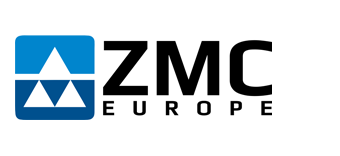Historical cut: ZMC has finished era of using Ethoyxquin or BHT in feed additives
Historical cut: ZMC has finished era of using Ethoyxquin or BHT in feed additives
For decades of years it was industrial standard all over the world to use chemicals not found in nature like Ethoxyquin as antioxidants in feed additives sensitive to oxidation like Vitamin A 500 or A 1000. Because these chemicals were easy to synthesize, cheap and very effective as antioxidants. Looking only at the technical benefits of these chemicals but not to aspects like safety for consumer, a severe disadvantage was not in the scope for long time as there is a remarkable carry-over effect into the body of animal via feed. As a result Ethoxyquin or BHT end up to some extent in meat, milk and eggs for human consumption.
Now latest since EU issued directive 1831 in 2003 it was obvious, that safety aspects have to be more considered for use of chemical antioxidants, resulting in suspension of widely used antioxidant Ethoxyquin in 2017. And also antioxidant BHT is under safety investigation by EU/EFSA since more than 10 years!
Already in 2005 ZMC introduced a Canthaxanthin feed additive as coloring agent for eggs into the market, which was stabilized avoiding Ethoxyquin as antioxidant but using nature like compounds. Substitution of Ethoyxquin in Vitamin A feed additives is a real challenge and took a lot of efforts, but finally ZMC set milestone by introducing in 2017 an Ethoyxquin/BHT free Vitamin A 500 feed additive preparation into the markets.
In 2020 next product without Ethoxyquin/BHT was Vitamin D 500.
By introduction of Vitamin A 1000 stabilized with nature-like antioxidants only, ZMC has ended the era of using chemical antioxidants in every ZMC feed additive.
ZMC products without ethoxyquin/BHT:
HANSEVIT® A 1000
Vitamin A 500
Vitamin A Palmitate 1.7 M, feed grade
HANSEVIT® D3 500
CAROFORTE® RED 10 %
CAROFORTE® YELLOW 10 %
CAROFORTE® BETA 10 %
